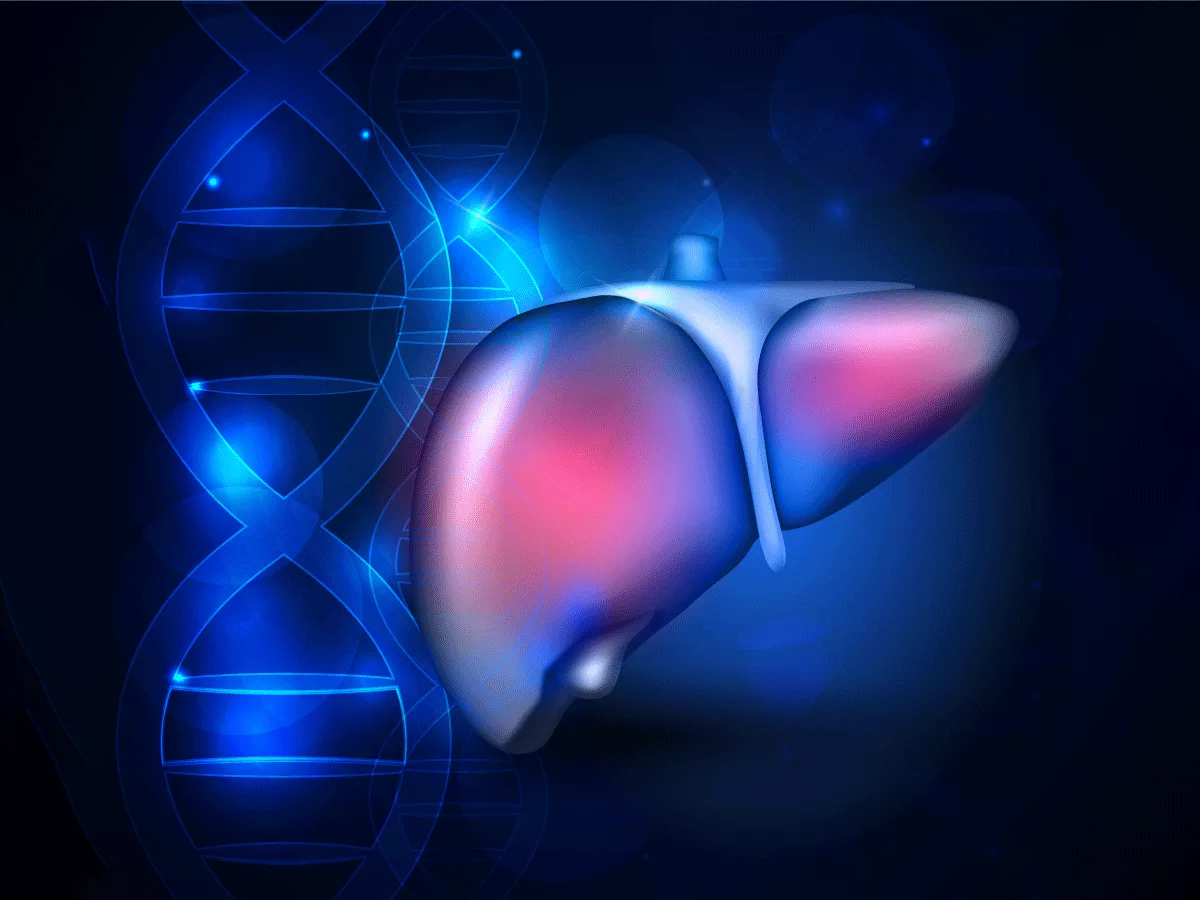Researchers at Oregon Health and Science University have used mouse models to estimate the frequency at which gene therapies delivered by adeno-associated virus (AAV) vectors integrated into host DNA, and come up with an estimate of up to roughly 3% – a number that is orders of magnitude higher than previous estimates and would translate into several hundred million cells with integrated viral vectors in an adult liver, assuming that 10% of cells took up the transgene.
The authors acknowledged that the number could be an overestimate, as their animal model depended on liver regeneration, so that the cells were dividing more frequently than they would in an adult liver, barring injury. If integration is more likely to happen during cell division, the overall number of transduced cells would be lower.
On the other hand, the authors noted, the number could be an underestimate as well: "our methodology can only ascertain productive integrations, i.e., those in which the transgene cassette is intact, producing reporter gene expression," they wrote in their paper, which appeared online in Molecular Therapy on August 27, 2021. "Hence, the numbers found here represent a low-end estimate, and integrations with transgene silencing could be even more common."
On the one hand, AAV vectors are a clinical success story. There are approved gene therapies, for both retinal and neuromuscular diseases that use them to deliver therapeutic genes.
However, AAV-based vectors have had enough toxicity issues to rate their own 2-day FDA advisory panel, as well as two trial interruptions, just within the last week.
Astellas Pharma voluntarily halted dosing in the Aspiro trial testing its AT-132 (resamirigene bilparvovec) for X-linked myotubular myopathy (XLMTM) after a patient developed abnormal liver function. The newest serious adverse event comes after AT-132's dose was already lowered in response to the deaths of 3 trial participants due to liver failure last year.
And over the Labor Day weekend, the U.S. FDA placed a clinical hold on the Phearless trial testing the experimental phenylketonuria drug BMN-307 (Biomarin Pharmaceutical), after long-term data showed that 6 of 7 mice in the highest-dose group developed liver tumors after a year.
Biomarin officials wrote in a statement that the mice used in their preclinical experiments had a mutation that rendered them immunodeficient, "which may predispose the mice to the development of malignancy....The clinical significance of these preclinical rodent findings has not been established and cancers due to AAV integration have not been observed in larger animals or humans."
Indeed, the picture in large animal studies and in clinical trials has been a good bit more reassuring than in mice, where several studies have reported high levels of liver cancer following AAV-based treatments.
In contrast, there has been one report of liver cancer in a clinical trial, where an AAV5 vector was used for the treatment of hemophilia. In that case, an investigation into the case determined that it was deemed "unlikely" that the cancer of the trial participant, who also had hepatitis, was due to the AAV, Rosa Sherafat, a reviewer in the FDA's Office of Tissues and Advanced Therapies, told the Committee at the meeting of the FDA's Cellular, Tissue and Gene Therapies Advisory Committee.
Dogs and nonhuman primates, too, paint a more positive picture than small animals. At the FDA safety meeting, Denise Sabatino, research associate professor of pediatrics large animal models, gave an overview of such large animal models. In dogs and primates, even in long-term studies the worst consequences that have been published have been an elevation of liver enzymes.
One reason mice are prone to tumor development is that AAV vectors appear to frequently integrate into a genomic spot, the Rian locus, that is specific to mice and rats.
Still, vectors also integrate into other sites in the mouse genome, and the consequences of those integrations might be more predictive of what could happen in the clinic.
At the FDA meeting, Mark Sands, a professor at Washington University in St. Louis, gave an overview of AAV integration in small animals that included a discussion of two papers published earlier in 2021.
In one of those papers, OHSU'S Grompe and his team reported that adult mice with nonalcoholic fatty liver disease developed liver tumors after treatment with a dose of AAV that did not lead to problems in healthy adult animals.
And Sands and his colleagues reported that when treating a mouse model of the lysosomal storage disorder Krabbe disease with a combination therapy rather than gene therapy alone enhanced therapeutic efficacy, but also increased the risk of liver cancer.

